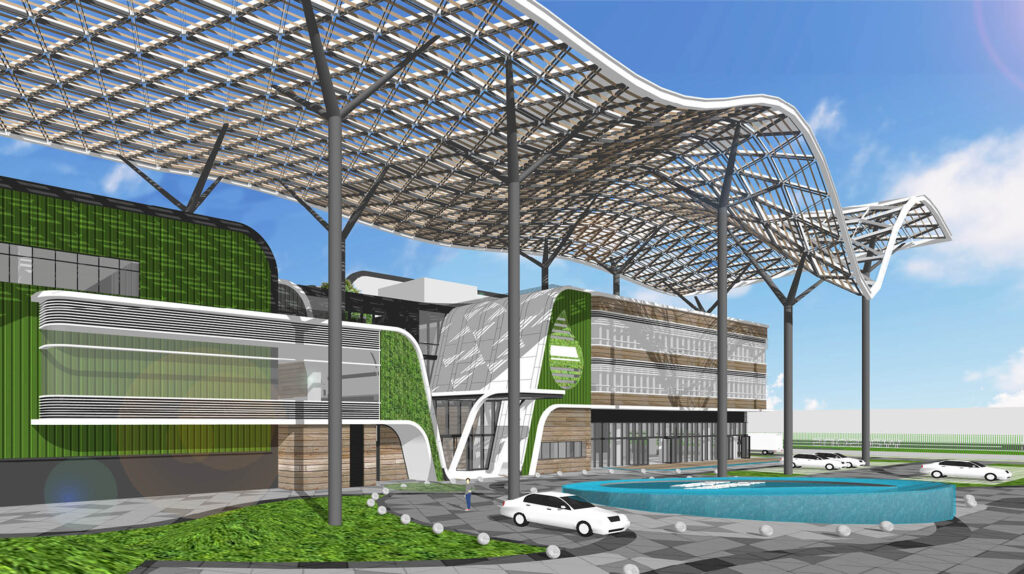When it comes to setting up a commercial space, terms like interior fit-out and architectural fit-out often surface. While they might sound similar, they refer to distinct phases and scopes within the construction and design process. Understanding these differences is crucial for effective planning, budgeting, and execution of a commercial project.
What Is a Fit-Out in Commercial Construction?
A fit-out refers to the process of making an interior space suitable for occupation. This is particularly relevant in commercial real estate, where developers build the base structure (called a “shell and core”), and tenants complete the interior fit-out according to their needs.
Fit-outs are generally categorized into:
- Architectural Fit-Outs (also known as Category A)
- Interior Fit-Outs (commonly referred to as Category B)
Let’s explore the differences in detail.
1. Scope of Work
Architectural Fit-Outs
This stage includes fundamental construction work and building services. Key elements include:
- Raised flooring
- Suspended ceilings
- HVAC (Heating, Ventilation, and Air Conditioning)
- Fire protection systems
- Plumbing and electrical frameworks
- Basic wall finishes and lighting
It creates a blank, functional shell—ready to be personalized.
2. Interior Fit-Outs
Interior fit-outs focus on customizing the space for a specific brand or business. This includes:
Final décor touches
Partition walls
Floor and wall finishes (tiles, wallpaper, carpeting)
Custom lighting fixtures
Furniture, workstations, and storage units
Signage and branding elements
AV systems and IT infrastructure
3. Purpose and Stakeholders
Architectural Fit-Outs:
These are typically carried out by the landlord or developer. The aim is to prepare a move-in ready environment for a wide variety of tenants.
Interior Fit-Outs:
Executed by or on behalf of the tenant. The purpose is to align the space with the company’s operations, branding, and culture.
4. Timeline & Planning
Architectural:
This happens during the construction phase of the building. Timelines are tied to building codes and regulatory compliance.
Interior:
Usually begins once the space is handed over. It requires collaboration between designers, facility managers, and the tenant’s team.
5. Budget Considerations
Architectural fit-outs are usually part of the base building cost. In contrast, interior fit-outs can vary significantly in cost depending on the design complexity, material choice, and technology integrations.
Conclusion: Why Understanding the Difference Matters
In commercial real estate projects, miscommunication between architectural and interior teams can lead to delays, design conflicts, and cost overruns. Recognizing the clear boundaries between the two types of fit-outs helps:
- Align stakeholder responsibilities
- Manage budgets more efficiently
- Streamline project timelines
- Achieve a coherent design and functional outcome
Whether you’re a developer, tenant, or project manager, understanding these differences will lead to better planning and execution—and a commercial space that’s not just operational, but also inspiring.


